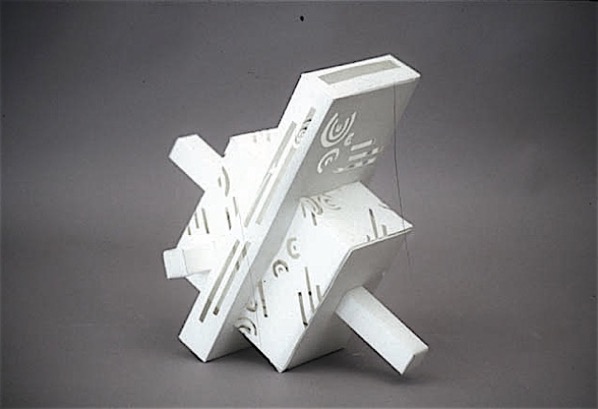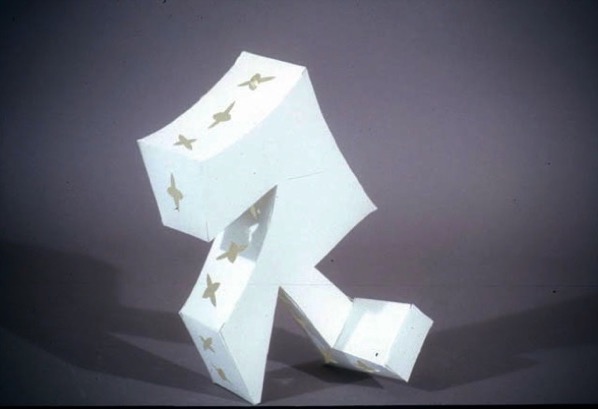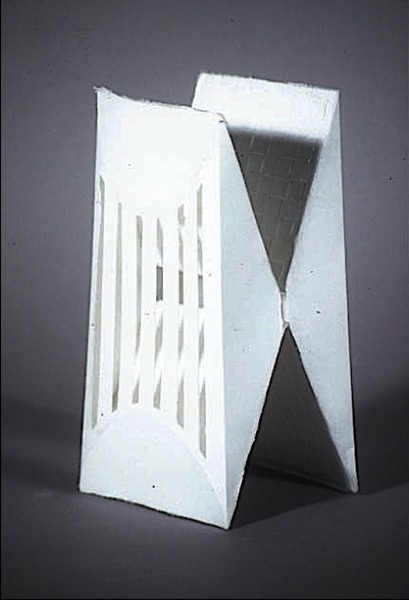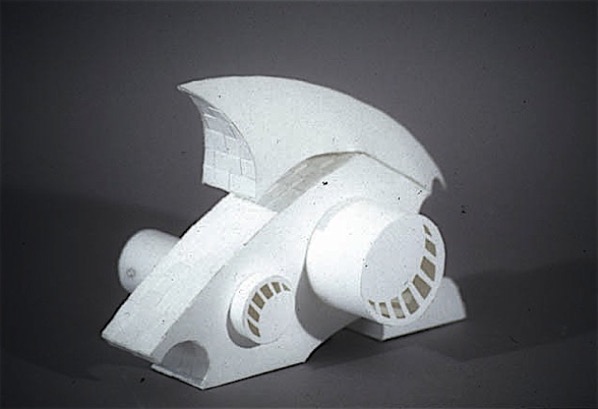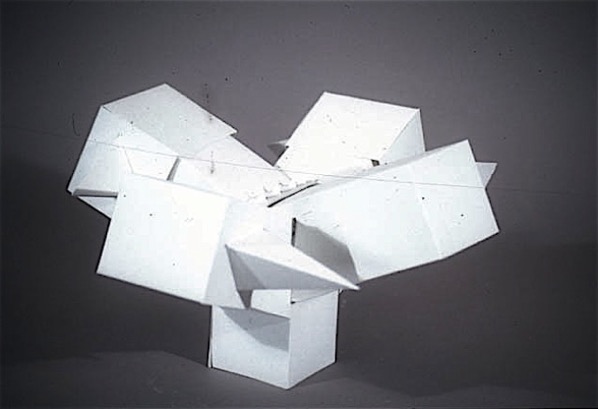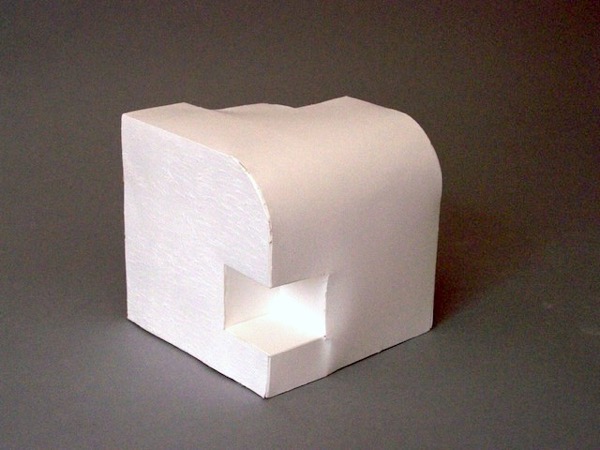Form and Surface
In this project you will be exploring both 2-D and 3-D design.
Your goal for this project is to create a nonrepresentational sculpture using paper and rubber cement. This work should be dynamic and asymmetrical. the surface of the work will contain a pattern created by cutting a series of shapes out of the paper or by scratching or attaching texture into the surface of the paper. You may also use a combination of the two. You will focus on the areas of:
3D:
Form
Balance
2D:
Shape
Repetition
Rhythm
Part 1
First, start by finding textures out in the world. Use your phone camera to capture textures in close up. To make them appear stronger, try to capture them with light playing across the surface. Put these images into photoshop or your image editor of choice and change the iamge to black and white, then apply a strong contrast filter to the image. Keep doing this until you have an image that shows the texture in stark black and white. Print these and past the m into your sketchbook.
Do this for 5 good textures!
Here is a short screencast showing how to do it photoshop:
Part 2
Using both texture and perforation, divide a piece of bristol paper into 9 rectangles and do a series of patterns and textures. Try and focus your attention on implied shape and rhythm. Sketch out ideas lightly with pencil first, the fill in with texture or cut with knife.
Part 3
Use sketchbook paper to create a “building block” form. Use these as examples.

Once you have made your form, repeat it at least 2 more times. Combine these together forms with a dab of rubber cement. Piece them together until you achieve several larger interesting and dynamic asymmetrical forms. Sketch your results before recombining them.
Part 4
Use the examples that you created to develop your final work. The work should be dynamic, asymmetrical and interesting from all sides.




